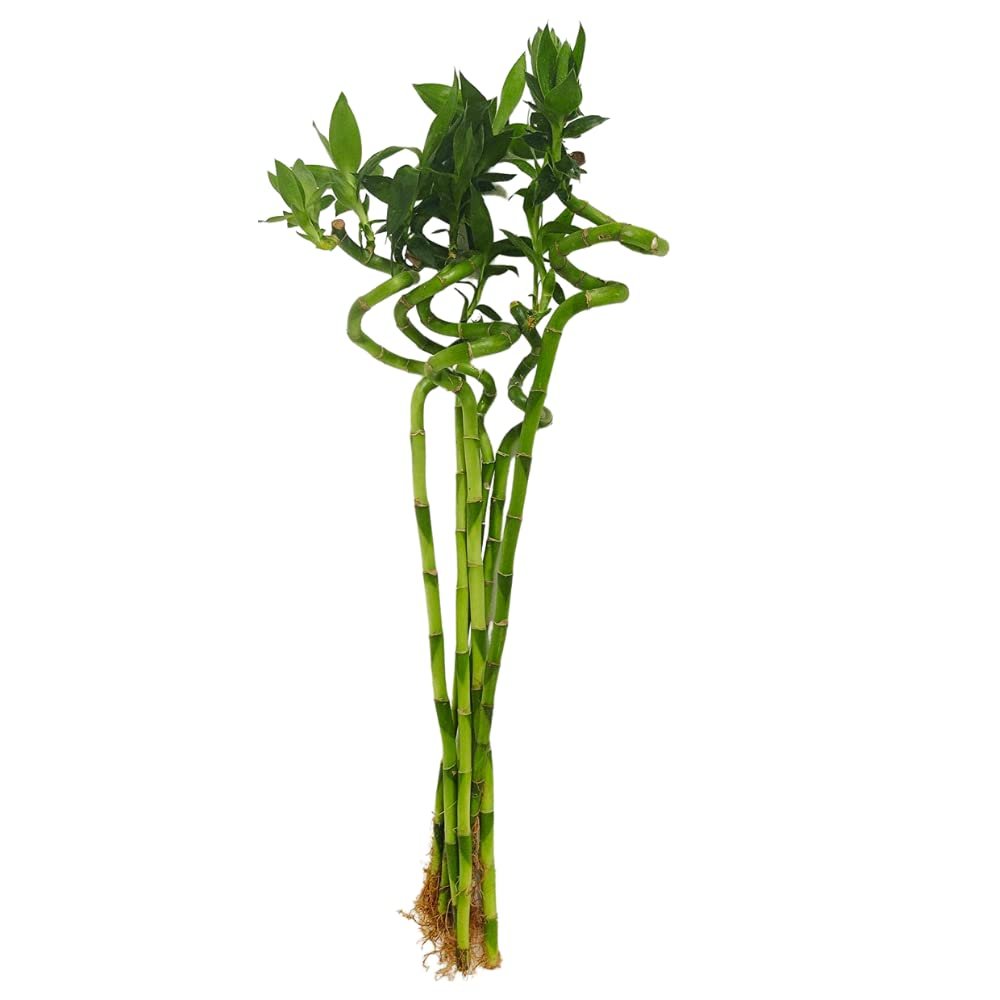Subtotal: 12.0 AED
Lucky Bamboo stick
| Scientific name | Dracaena braunii, or dracaena sanderiana |
| Common name | Lucky bamboo stick |
| Temperature | 18-24 °C |
| Humidity | 50-60% |
| Light | Bright indirect light |
| Watering | Grows in water |
| Pests | Mealybugs, mites and fungus |
| Pet friendliness | Lucky bamboo is toxic for cats and dogs not to human |
| Maximum Plant height | 50-150 cm |
| Potting mix | It grows in water, change water once in a week |
| Pot requirement | Repot every 1-2 years |
| Nutrition | Feed once a month with a balanced (such as NPK) liquid or water-soluble fertilizer. |
| Pruning/training | Remove dead and diseased leaves with sterile shears |
| Description | Lucky bamboo plants are considered very lucky and auspicious, according to vastu shastra. It is believed that keeping bamboo plants at home and in the office, brings good luck, wealth and fortune. Over a period of time, bamboo plants have been modified, for keeping it indoor as a houseplant.They can be trained so that stalks grow straight as an arrow and are adorned with smallish, simple floppy green leaves. Though the plant looks like bamboo and grows fast like bamboo (it can grow well over a foot in six months), it’s not related to it at all, and it’s actually more of a succulent. Lucky bamboo prefers bright, filtered sunlight, such as what is found under a rainforest canopy. Avoid direct sunlight as it will scorch the leaves.Lucky bamboo can be grown in well-drained, rich potting soil. The soil should be kept moist, but not soaked. Additionally, it can thrive well when housed in pebbles or simply a vase filled with water, as long as it has at least an inch of standing water at all times.Lucky bamboo is very sensitive to chlorine and other chemicals commonly found in tap water. Tap water is fine to use unless you have hard water (containing a lot of minerals). Because of this, it’s a good idea to water your lucky bamboo only with bottled or distilled water, or tap water that has been left out for 24 hours to allow the chlorine to evaporate.Pruning is an important part of keeping your lucky bamboo healthy. Over time, most plants will become top-heavy, or intricate shapes will begin to lose their form but trimming helps keep that under control. The shapes of lucky bamboo plants are formed not by trimming, but by rotating the plant stalks in front of a light source, which causes the plant to naturally grow toward the light. Professionals often grow stalks on their sides to create their distinctive spiraling shapes. You can propagate lucky bamboo at any time using cuttings to create new plants. |































